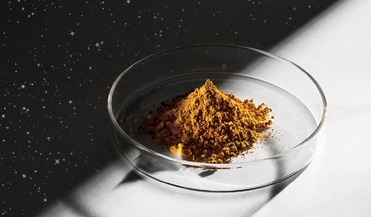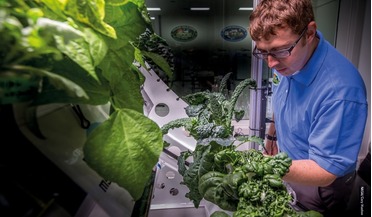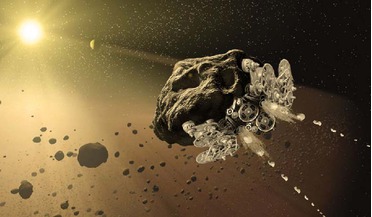 January 2023
Producing food in space
January 2023
Producing food in space
... fed carbon dioxide, hydrogen, oxygen, nitrogen (which can be sourced from urea) and some minerals. The microorganisms are then able to make amino acids, carbohydrates, lipids (fats) and vitamins. Solein’s taste has a delicate...
 February 2023
How to grow plants in a spacecraft
February 2023
How to grow plants in a spacecraft
...potentially worth studying as they would help plants resist the harsh conditions of space. For example, microorganisms adapted to hypersaline environments possess genes for UV resistance and perchlorate resistance. Many dwarf varieties (e.g. of wheat...
 September 2023
The Institute of Biomedical Problems - Sixty years of contributing to the development of space biomedicine
September 2023
The Institute of Biomedical Problems - Sixty years of contributing to the development of space biomedicine
The Institute of Biomedical Problems (IBMP) of the Russian Academy of Sciences, a world leader in the field of medical support of human life and professional activity in extreme environmental conditions celebrates its 60th anniversary on 28 October ...
 May 2024
Beyond Earth’s magnetic field
May 2024
Beyond Earth’s magnetic field
... Currently, the Institute of Biomedical Problems (IBMP) of the Russian Academy of Sciences is working on studying not only microorganisms, plants and animals, but also the first steps towards the study of possible effects of a gradual decrease in ...
 12 April 2016
Visionary ideas that could transform future NASA missions
12 April 2016
Visionary ideas that could transform future NASA missions
... that can be used for the removal of orbital debris in low Earth orbit (LEO), a concept for reprogramming microorganisms that could use the Martian environment to recycle and print electronics and a system that harvests water...
 18 October 2016
Plans for first ever Space nation "Asgardia" announced today
18 October 2016
Plans for first ever Space nation "Asgardia" announced today
... radiation; cosmic radiation from nuclear reactions in novae, supernovae and pulsars; and the danger of Earth infection by microorganisms from meteors and other small celestial bodies. The third goal is to create a demilitarized and free scientific...